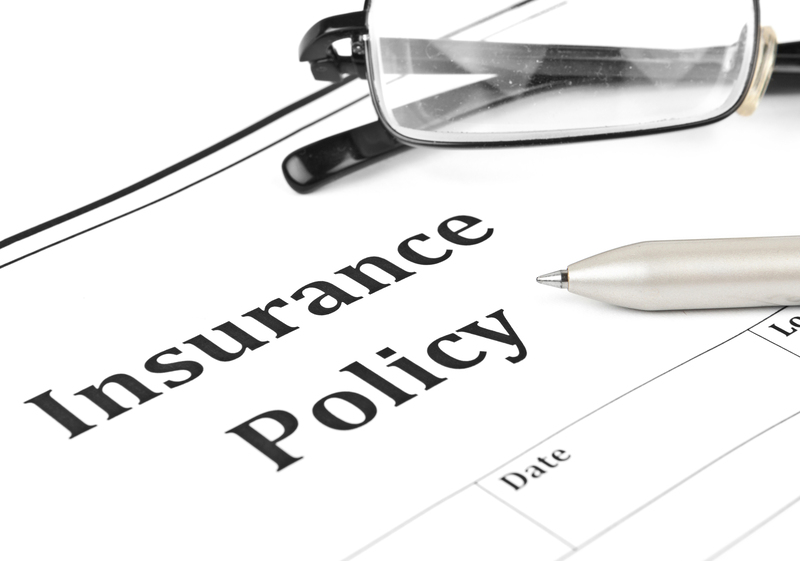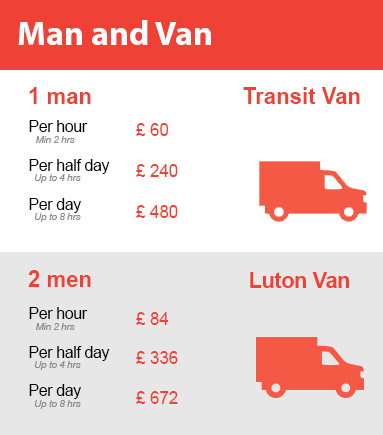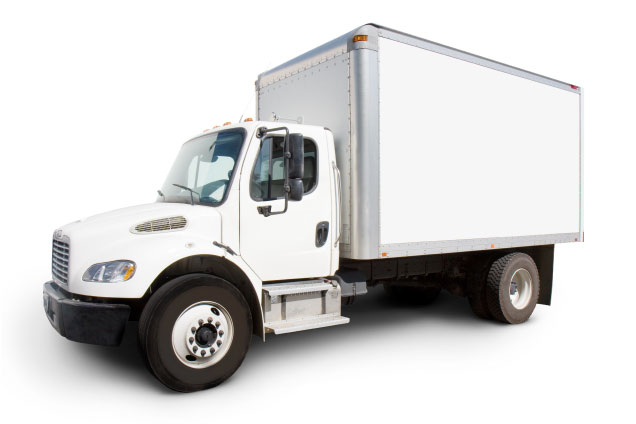Preservation Tips for Your Freezer During Downtime
Posted on 17/06/2025
Preservation Tips for Your Freezer During Downtime
When power outages strike or maintenance is required, the lifespan and safety of perishable foods stored in your freezer become an immediate concern. Properly preserving your freezer and its contents during downtime is crucial for preventing food spoilage, minimizing waste, and ensuring household safety. In this comprehensive guide, we'll share essential freezer preservation tips that will help you navigate unforeseen circumstances or planned outages with confidence and minimal loss.

Understanding the Importance of Freezer Maintenance & Preservation
A freezer plays a vital role in every household, supporting meal planning, budget management, and food safety. However, when your freezer enters a period of downtime--whether due to a blackout, appliance breakdown, or cleaning--both your appliance and its contents are at risk. Following best practices for keeping your freezer functional and its contents safe during an outage minimizes damage and potential losses.
- Protect Food Quality: Reducing thaw and refreeze cycles helps avoid texture changes and potential foodborne illnesses.
- Save Money: Proper preservation prevents expensive food waste.
- Increase Appliance Longevity: Careful maintenance during downtime can lengthen your freezer's lifespan.
- Reduce Cleanup Efforts: Preventing leaks and odors means less post-downtime scrubbing.
What Causes Freezer Downtime?
Before diving into expert preservation tips for your freezer, it's useful to understand the common reasons behind freezer downtime:
- Power Outages: Weather, grid failures, or scheduled blackouts can affect your freezer.
- Scheduled Maintenance: Deep cleaning or part replacements often require unplugging the unit.
- Appliance Malfunctions: Breakdowns call for temporary shutdowns before repairs.
- Moving Homes: Defrosting is often necessary for safe transport.
Preparation Is Key: Steps Before Freezer Downtime
The best way to minimize disruption during a freezer's downtime is to prepare in advance whenever possible. Use these proven steps:
- Organize Freezer Contents: Place like-items together and check use-by dates. This allows easy access and decision-making if quick removal is needed.
- Use Up Vulnerable Foods: Plan meals around highly perishable or previously thawed items to minimize potential losses.
- Add Ice Packs or Blocks: Fill empty spaces with ice packs, gel packs, or frozen water bottles. A fuller freezer maintains cold temperatures longer.
- Prepare Coolers/Bins: Have insulated containers and ice ready for temporary food transfer, if necessary.
- Freeze Water: Fill containers 2/3 with water to allow expansion as they freeze.
Maximizing Food Safety and Shelf Life During Freezer Downtime
One of the main goals of freezer preservation during outages is safeguarding food quality and safety. Here's how you can protect your frozen goods even when the cold stops flowing:
Keep the Freezer Door Closed
Every time you open your freezer, cold air escapes and warm air enters, hastening the thawing process. Resist the urge to check your food frequently. A well-stocked, unopened freezer can maintain safe temperatures (below 0?F or -18?C) for up to 48 hours; a half-full one may last around 24 hours.
Monitor Temperatures Accurately
Keep an appliance thermometer inside the freezer. After an outage or downtime, only keep food that remained at or below 40?F (4?C). Discard anything that has thawed and reached higher temperatures for more than two hours, especially meat, poultry, and seafood.
Strategically Pack Your Freezer
A full freezer stays colder longer. If you expect downtime, group foods close together to reduce air pockets and help them stay frozen. Use frozen water bottles or ice blocks to fill empty spaces.
Isolate Items for Emergency Removal
- Put essential or highly perishable items near the front/top (in case you must move them to a cooler quickly).
- Keep items that can withstand partial thawing (frozen vegetables, bread) towards the back or bottom.
Use Coolers as Backup
If downtime extends, transfer foods to insulated coolers with plenty of ice or frozen gel packs. Arrange foods close together and limit air gaps. Prioritize high-value or critical items like meats and dairy.
Apply Dry Ice or Block Ice If Possible
For outages lasting more than a few hours, consider placing dry ice or large blocks of ice in your freezer. Dry ice can keep your freezer cold for 18-24 hours, but remember:
- Handle with gloves (dry ice causes burns).
- Ensure the room is ventilated; dry ice releases CO2 as it sublimates.
- Don't allow dry ice to directly contact food (place a newspaper layer in between).
Food Assessment After Freezer Downtime
Once your freezer or power is restored, it's time to make decisions about what to keep and what to discard. Use the following guidelines for the best food preservation results:
Key Signs Food Is Still Safe and Usable
- There are ice crystals present on the food or packages.
- The food feels as cold as if just taken from the freezer.
- Packages remained unopened and uncompromised by leaking fluids.
When in doubt, remember the golden rule: If you're not sure it's safe, throw it out.
Foods You Shouldn't Refreeze
Though some items tolerate partial thawing and refreezing, others do not. Avoid refreezing:
- Raw or cooked meats that have fully thawed.
- Dairy-based products with altered texture or appearance.
- Prepared meals containing eggs, meats, or seafood.
- Any item showing signs of spoilage (off smell, color change, leaks).
Sanitation and Freezer Care Post-Downtime
Downtime is also an opportunity to clean and maintain your freezer. Follow these steps for optimal hygiene and performance:
- Wipe up all spills: Use a solution of baking soda in warm water to neutralize odors and sanitize surfaces.
- Check gaskets and seals: Damaged seals exacerbate cooling problems and waste energy.
- Defrost if needed: Excessive frost buildup reduces efficiency. Take advantage of downtime to clear it away.
- Air out the freezer: Let the freezer dry completely before plugging back in to prevent lingering odors and mold growth.
Advanced Freezer Preservation Strategies
For those who live in areas prone to frequent outages, investing in some advanced strategies can further safeguard your freezer preservation efforts:
Invest in a Generator or Backup Power Supply
- Portable generators can prevent losses by powering freezers during extended blackouts.
- Battery-powered options are now available for short-term outages.
Consider Upright vs. Chest Freezers
Chest freezers are generally better insulated and maintain cold temperatures longer than uprights--a smart choice if preservation during freezer downtime is a major concern.
Time Your Freezer Cleaning Rituals
- Perform major cleanouts before vacation or when you anticipate extended downtime, not during peak freezer use.
- Update inventory so you know what's at risk before an outage occurs.
Embrace Smart Technology
- Smart thermometers can alert you via phone if freezer temperatures start to rise, helping you take action before spoilage occurs.
- Some modern freezers come with battery backups or temperature-maintenance smart features.
Common Mistakes to Avoid During Freezer Outages
- Frequent Opening: Every peek shortens your cold window. Keep the door sealed.
- No Thermometer: Not knowing the temperature may cause you to keep unsafe food or waste good food.
- Waiting Too Long to Act: Quick transfer to coolers or applying dry ice can make a big difference.
- Poor Organization: Jumbled freezers lose their cold faster and make rescue decisions more difficult.

Stay Informed: Food Safety Resources for Freezer Preservation
Keep yourself updated with official guidelines and trusted resources. Bookmark the following for quick reference during emergencies:
- FoodSafety.gov: Food Safety During a Power Outage
- CDC: Keep Food Safe After a Disaster or Emergency
- Ready.gov: Power Outages Safety Tips
Conclusion: Mastering Freezer Preservation During Downtime
Whether facing a sudden blackout, scheduled maintenance, or moving day, your approach to preserving your freezer and its contents during downtime determines both your food safety and financial well-being. Simple steps--preparation, keeping the freezer closed, monitoring temperatures, and decisive action--make a massive difference. By being informed and proactive, you can minimize losses, maintain safety, and ensure your freezer continues to serve you reliably for years to come.
Remember, the key to freezer preservation during outages lies in minimizing temperature fluctuations, having backup plans, and knowing when to act. Make these strategies a part of your regular household maintenance, and enjoy the peace of mind that comes with smart, safe food storage.
Don't let an unexpected freezer downtime catch you unprepared--start planning today to keep your food fresh, your appliance efficient, and your home running smoothly!





